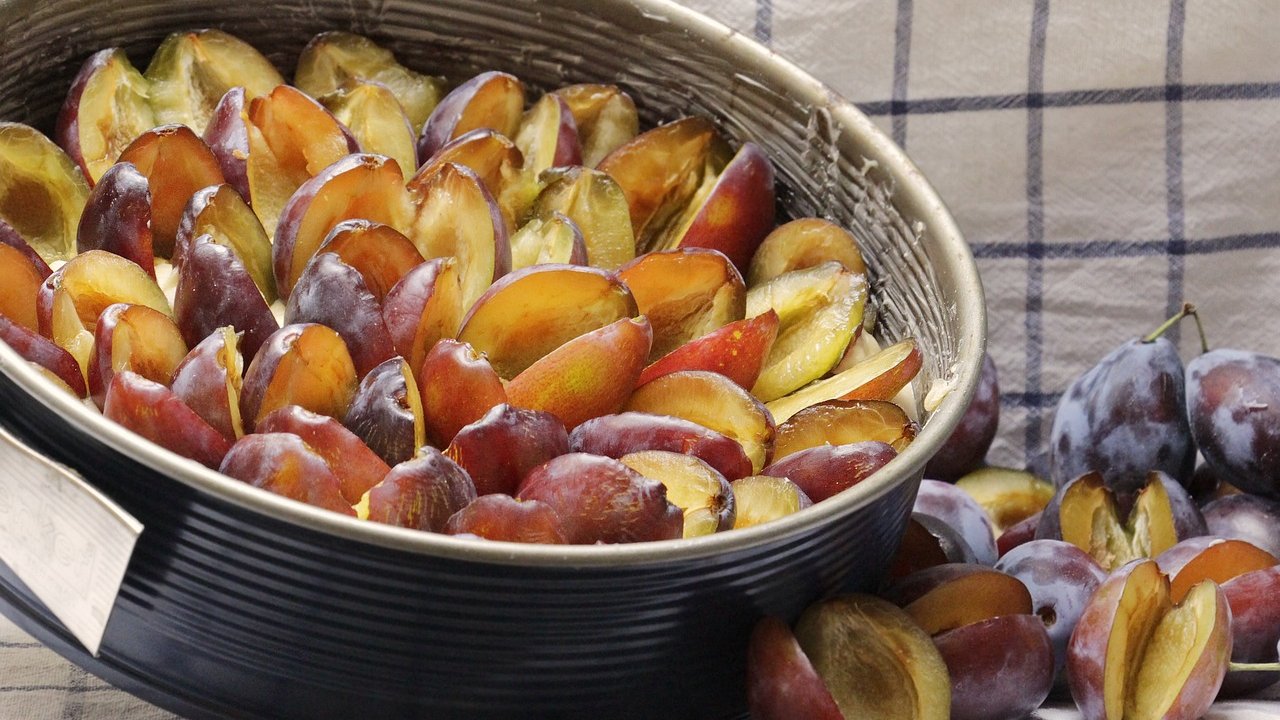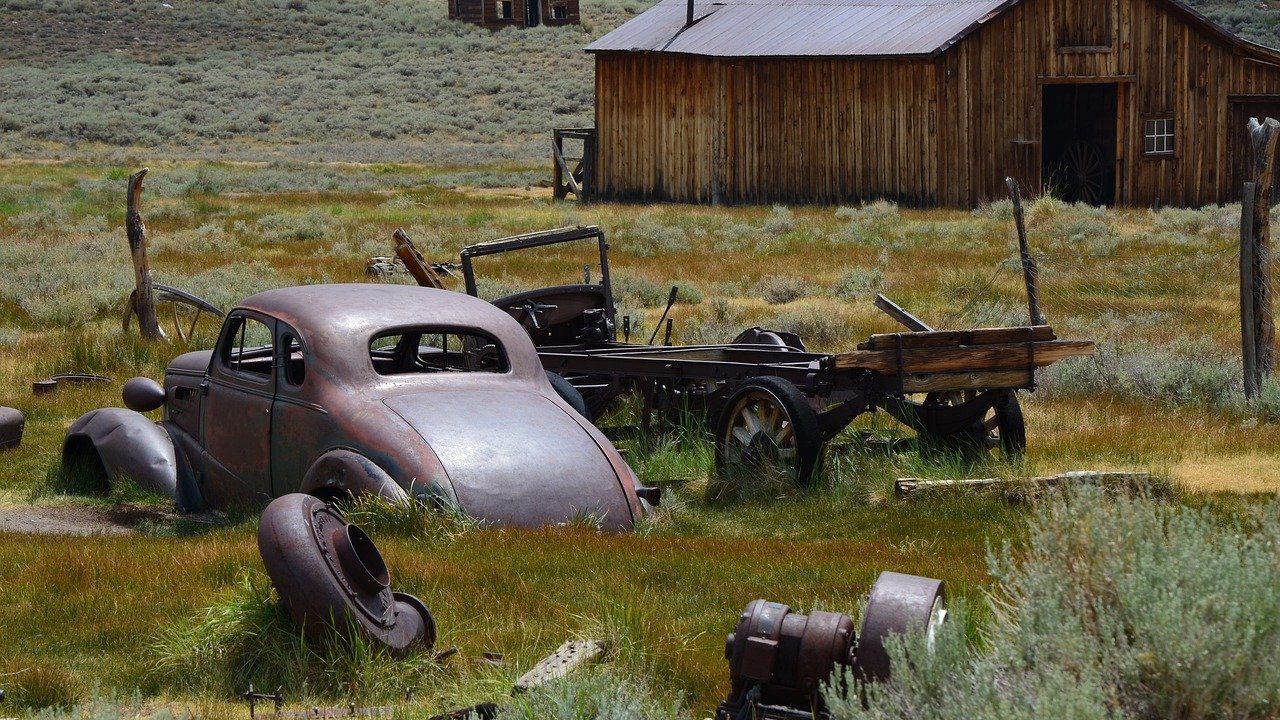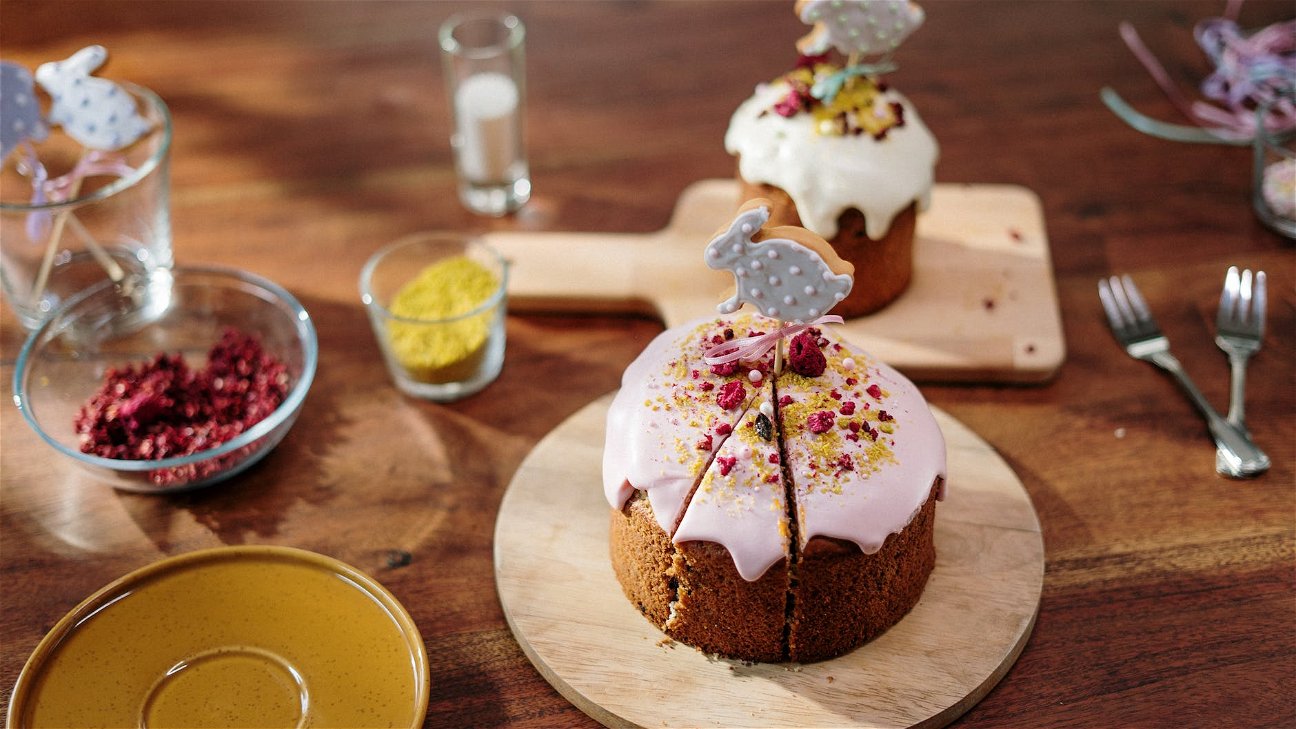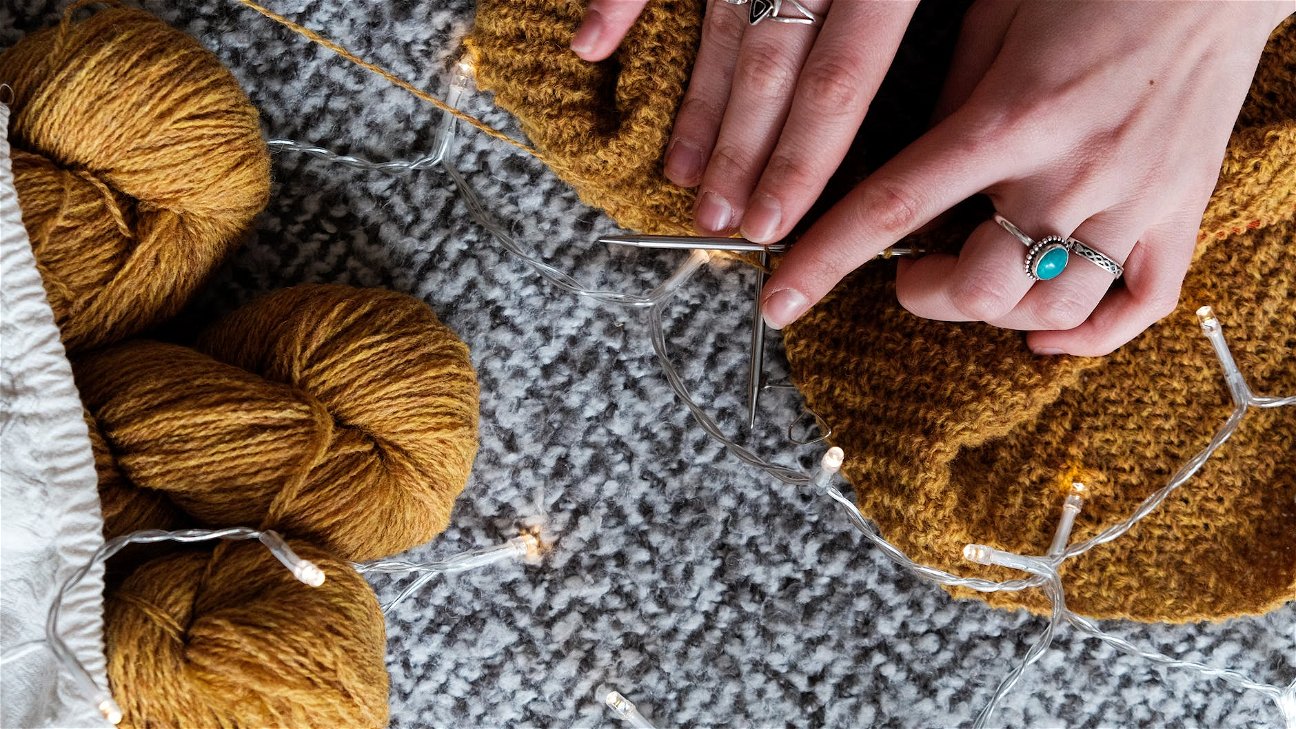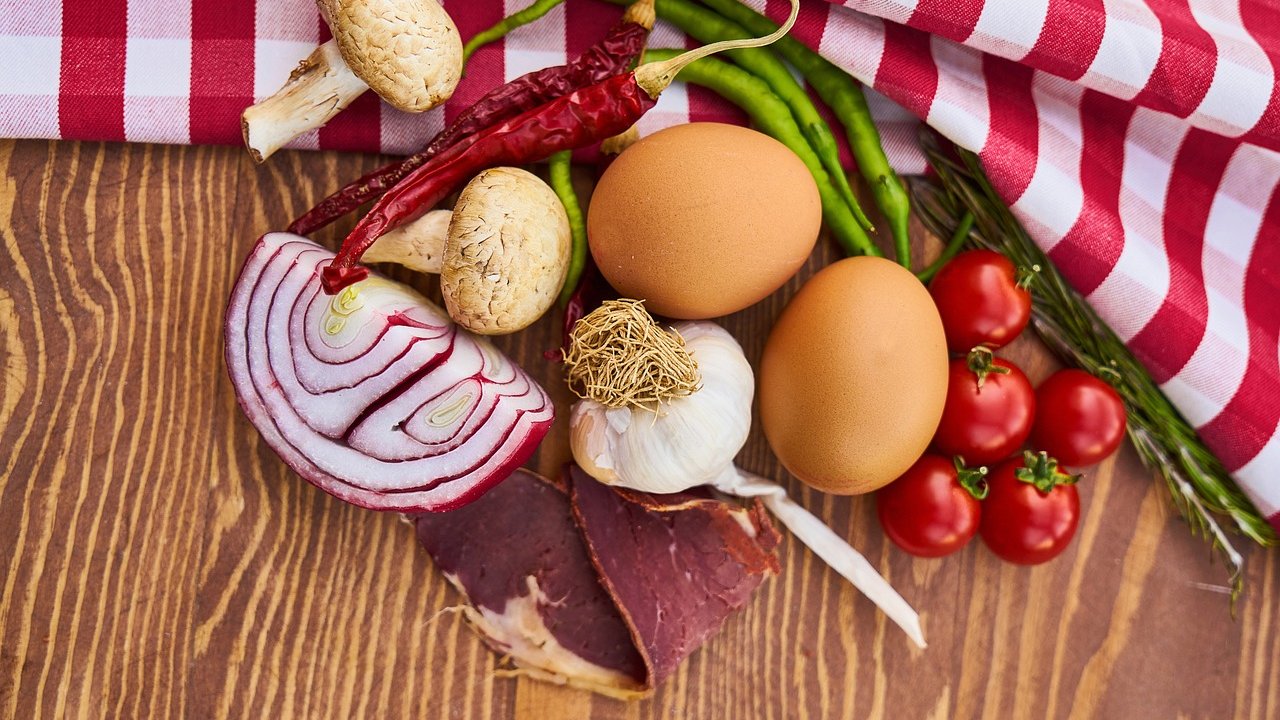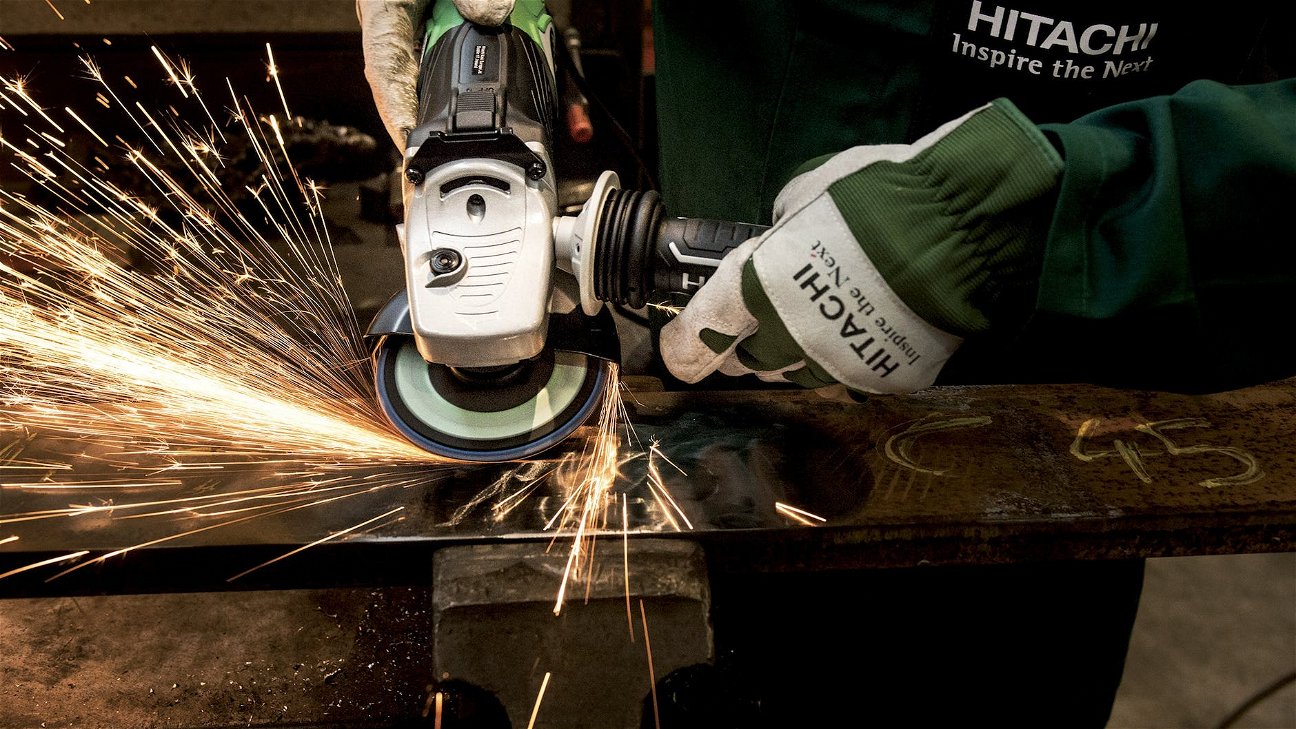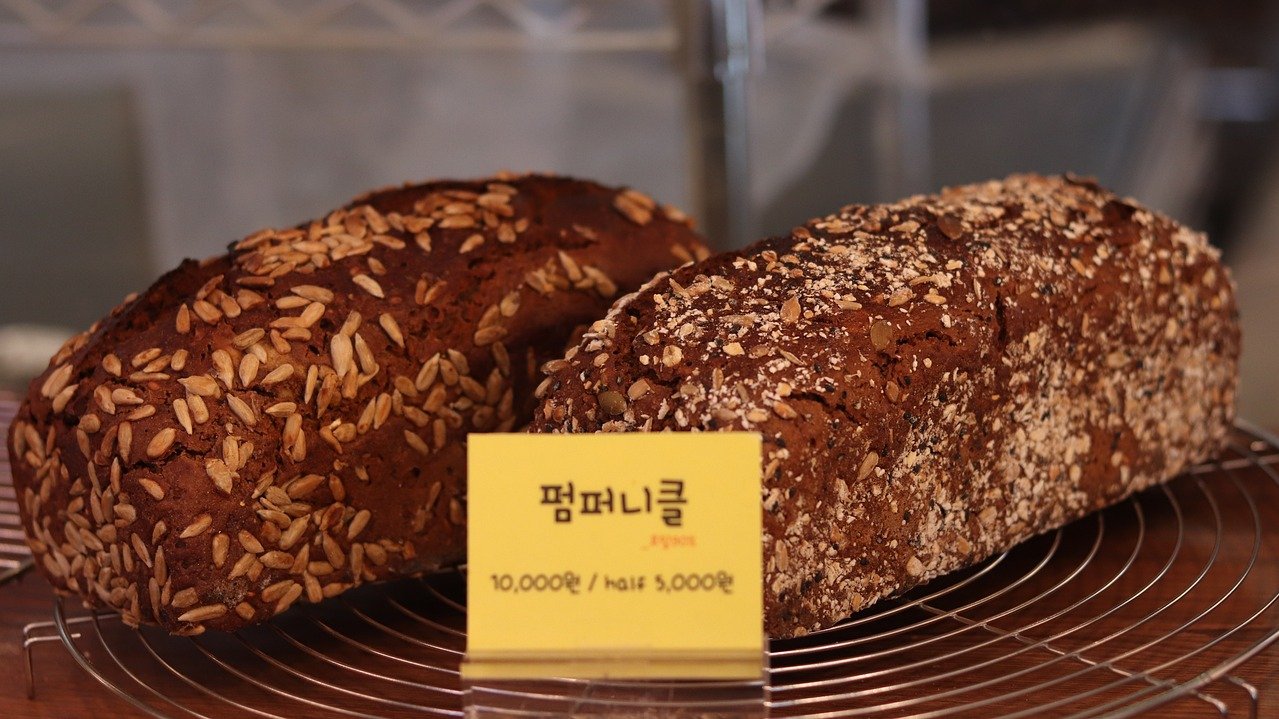
Cheese making is a satisfying and rewarding hobby. There's just something about watching milk transform into a delicious block of cheese that is absolutely magical. Whether you're a cheese lover, a DIY enthusiast, or both, there's a joy to be found in making your own gourmet cheese at home. Let's dive into the fascinating world of cheese making.
The basics of cheese making
Cheese making is an art and a science. It involves a careful balance of ingredients, temperatures, and times to create the perfect cheese. The main ingredients are milk, cultures, rennet, and salt. The cultures are what give the cheese its flavor, while the rennet helps the milk coagulate into a solid mass. The salt not only seasons the cheese, but also helps preserve it.
Types of gourmet cheese
There are numerous types of gourmet cheese that you can make at home, each with its own unique flavor profile and texture. Some types of gourmet cheese that you can make include:
-
Cheddar: Known for its sharp flavor, cheddar cheese requires a process known as cheddaring, where the curds are cut into small pieces and then heated.
-
Mozzarella: A favorite for pizza and pasta, mozzarella is a stretched curd cheese that is known for its smooth texture.
-
Brie: A soft, creamy cheese with a distinctive white rind, Brie is a crowd-pleaser that is surprisingly easy to make at home.
-
Gouda: A versatile cheese that can range from mild to sharp, Gouda is a waxed, semi-hard cheese that is great for snacking.
-
Blue cheese: Known for its distinctive blue veins, blue cheese is a mold-ripened cheese that has a strong flavor and creamy texture.
Essential equipment for cheese making
When it comes to cheese making, having the right tools can make all the difference. Here's a basic list of equipment you'll need:
- Large pot
- Cheese thermometer
- Curd knife
- Cheese press
- Cheese mold
- Cheese mat
- Cheese wax
How to make gourmet cheese
Making gourmet cheese involves several steps:
-
Sanitize your equipment: Everything that comes into contact with the cheese should be clean to prevent unwanted bacteria from contaminating the cheese.
-
Heat the milk: Gently heat the milk to the temperature specified in your recipe.
-
Add the cultures: Sprinkle the cultures over the surface of the milk and let them rehydrate before stirring them in.
-
Add the rennet: Stir in the rennet, which will cause the milk to coagulate.
-
Cut the curd: Once the milk has coagulated, cut the curd into small pieces. This helps release the whey.
-
Cook the curd: Heat the curd to the temperature specified in your recipe. This helps further drive off the whey.
-
Drain the whey: Once the curd has reached the desired consistency, drain off the whey.
-
Press the cheese: Place the curd in a cheese press to help consolidate the curd and remove any remaining whey.
-
Age the cheese: Depending on the type of cheese, it may need to be aged for several weeks to several months.
-
Enjoy your cheese: Once your cheese has aged, it's ready to eat!
Remember, cheese making is as much about the journey as it is about the destination. Don't be afraid to experiment and try new things.
